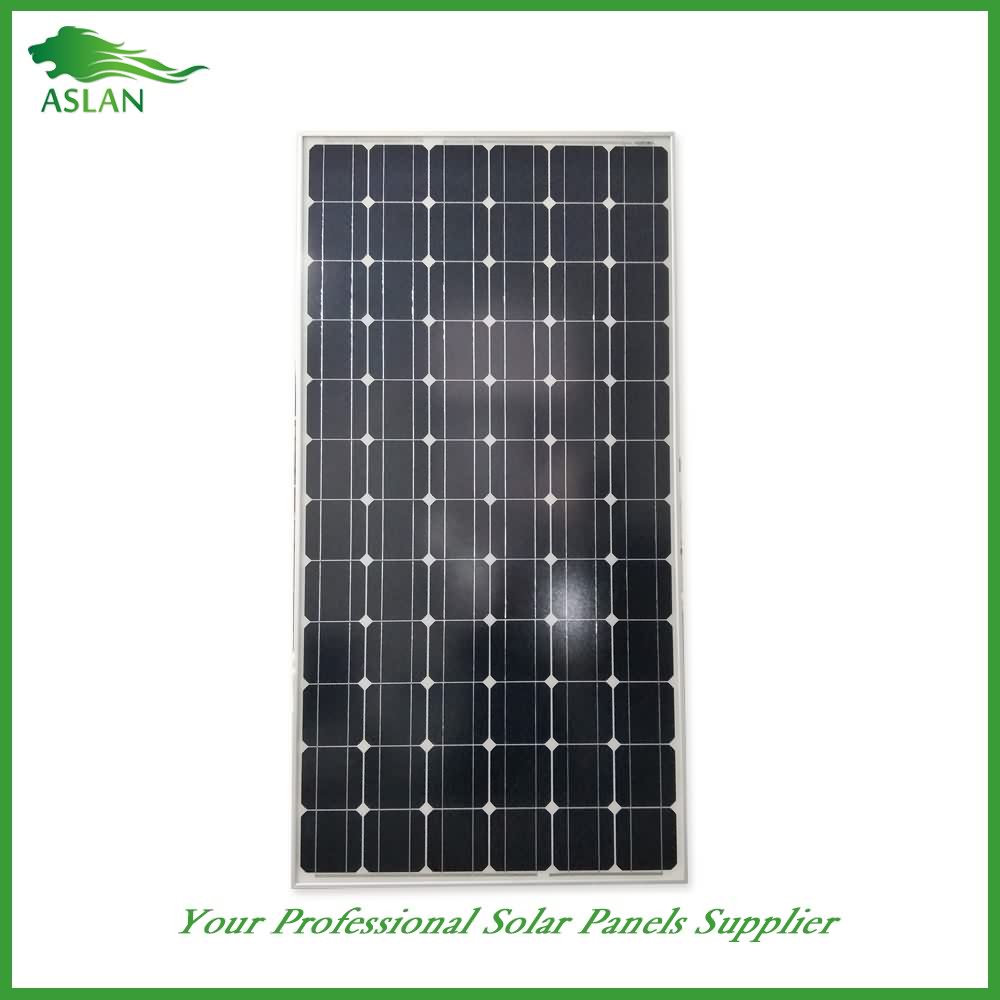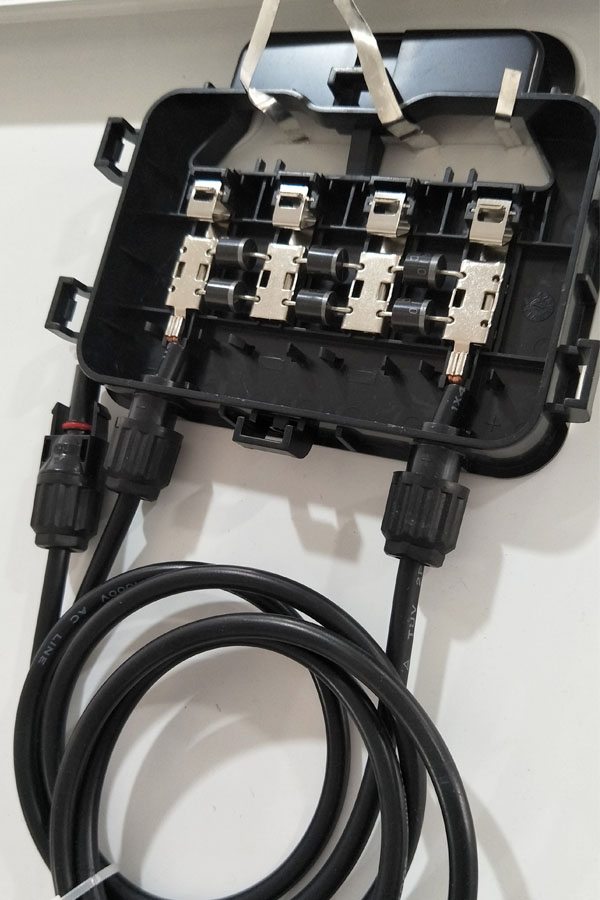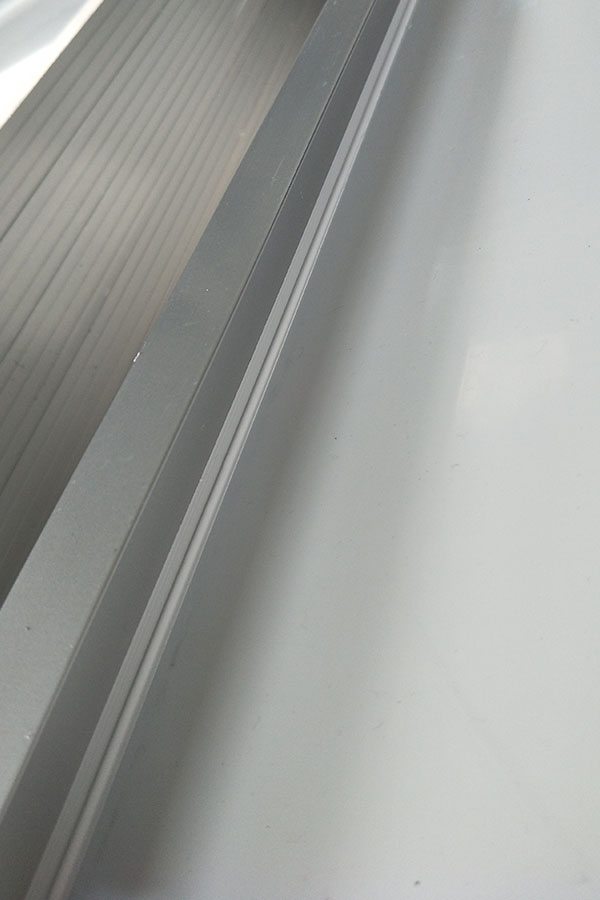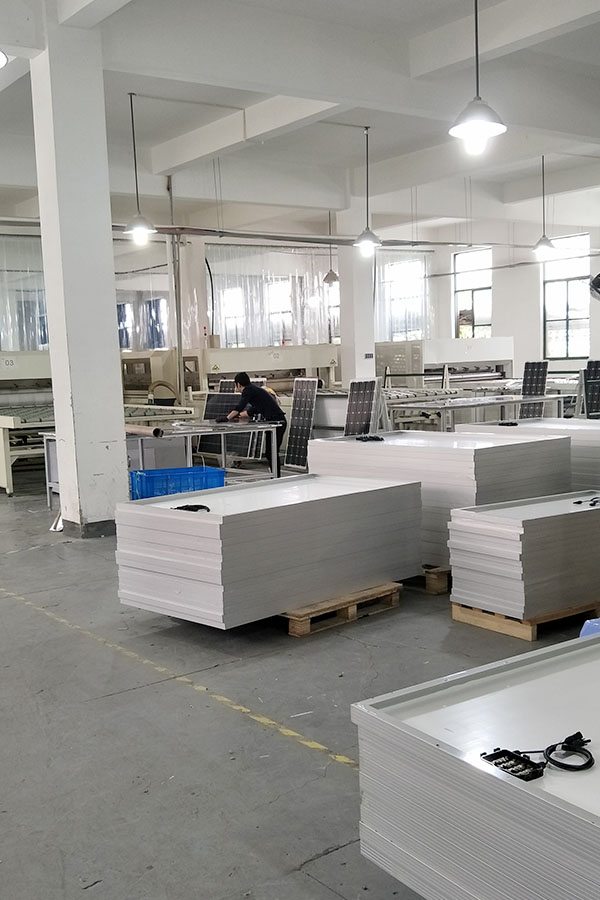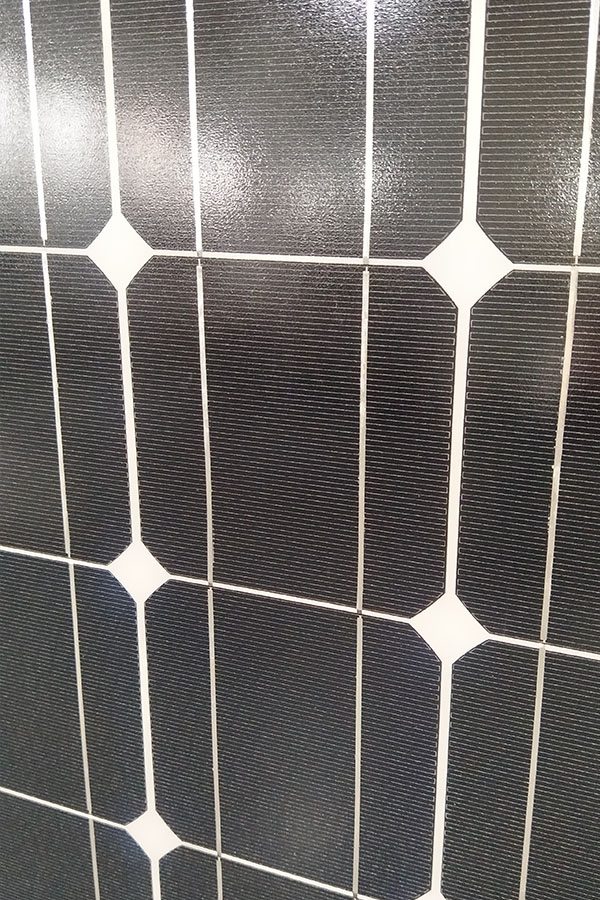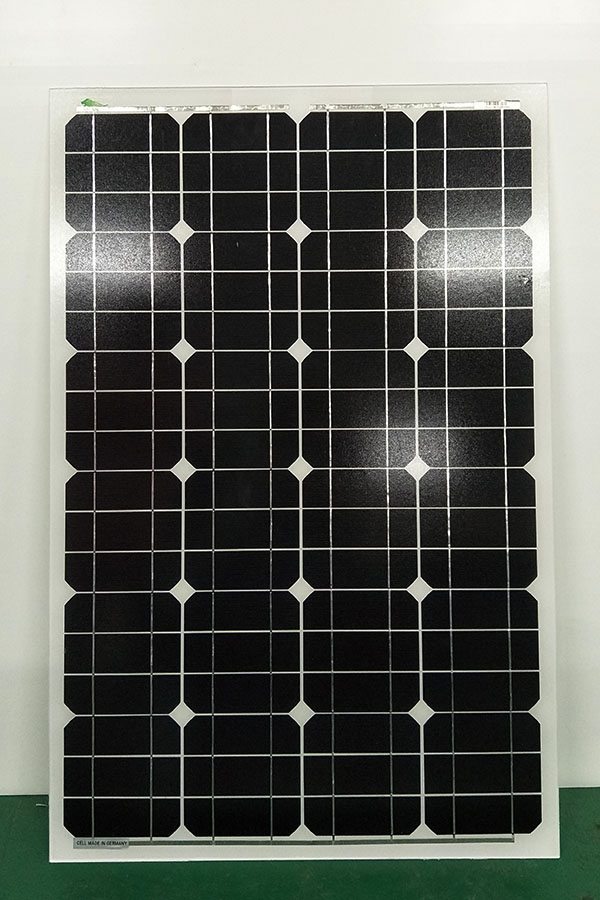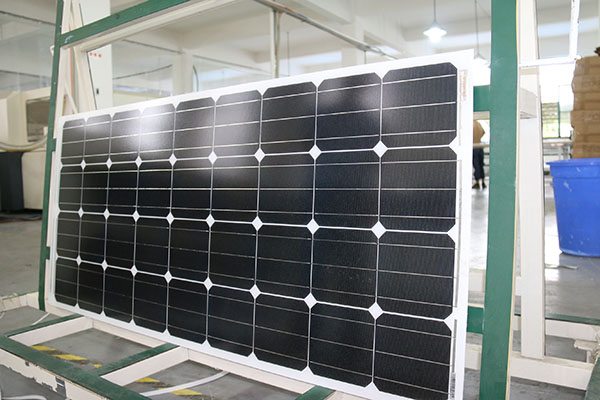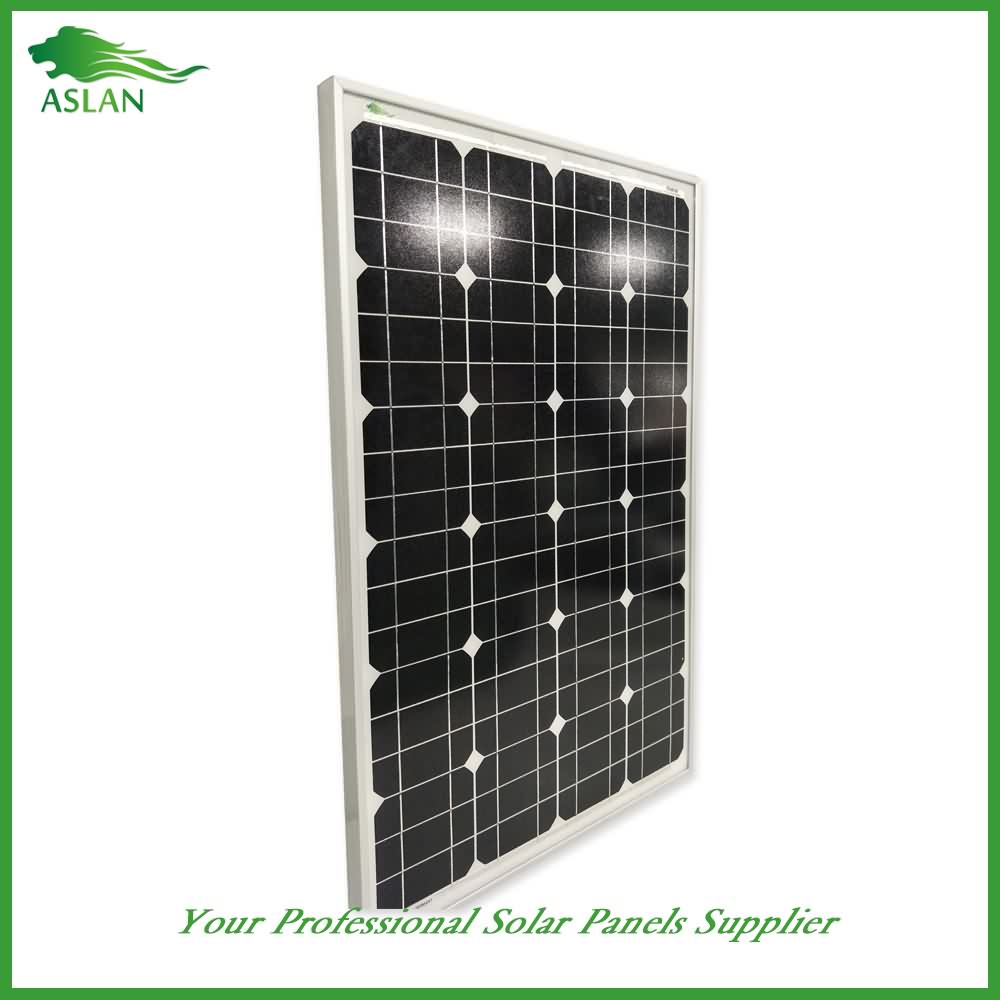26 Years Factory Mono-Crystalline 300W Solar Panel Export to Johannesburg
Short Description:
continue to improve, to ensure product quality in line with market and customer standard requirements. Our company has a quality assurance system have been established for 26 Years Factory Mono-Crystalline 300W Solar Panel Export to Johannesburg, We will supply best quality, the most market competitive price, for every new and old customers with the most perfect green services.
Mono-Crystalline 300W Solar Panel
Technical parameter
Maximum Power(W) 300W
Optimum Power Voltage(Vmp) 37.45V
Optimum Operating Current(Imp) 8.15A
Open Circuit Voltage(Voc) 45.60V
Short Circuit Current(Isc) 8.91A
Mechanical Characteristics
Cell Type Monocrystalline 156x156mm (6 inch)
No of Cell 72 (6x12pcs)
Dimensions 1950x990x50mm
Weight 22.1Kg
Front Glass 3.2mm,High Transmission, Low Iron,Tempered Glass
Junction box IP65 Rated
Output Cable TUV 1×4.0mm2/UL12AWG,Length:900mm
Temperature and Coefficients
Operating Temperature(°C): -40°C ~ + 85°C
Maximum System Voltage: 600V(UL)/1000V(IEC) DC
Maximum Rated Current Series: 15A
Temperature Coefficients of Pmax: -0.47%
Temperature Coefficients of Voc: -0.389%
Temperature Coefficients of Isc: 0.057%
Nominal Operationg Cell Temperature (NOCT): 47+/-2°C
Materials of solar panel
1).Solar Cell——Mono-crystalline solar cell 156*156mm
2).Front Glass——-3.2mm, high transmission, low iron, tempered glass
3).EVA——-excellent anti-aging EVA
4).TPT——-TPT hot seal made of flame resistance
5).Frame——anodized aluminum profile
6).Junction Box——-IP65 rated, high quality, with diode protection
Superiority: high quality anodized aluminum frame, high efficiency long life, easy installation, strong wind resistance, strong hail resistance.
Features
1. High cell efficiency with quality silicon materials for long term output stability
2. Strictly quality control ensure the stability and reliability, totally 23 QC procedures
3. High transmittance low iron tempered glass with enhanced stiffness and impact resistance
4. Both Polycrystalline and Mono-crystalline
5. Excellent performance in harsh weather
6. Outstanding electrical performance under high temperature and low irradiance
Quality assurance testing
Thermal cycling test
Thermal shock test
Thermal/Freezing and high humidity cycling test
Electrical isolation test
Hail impact test
Mechanical, wind and twist loading test
Salt mist test
Light and water-exposure test
Moist carbon dioxide/sulphur dioxide
http://alipromo.com/redirect/product/30e12e5c9935a27494e5ccc04ad4240c/32677369050/en – 10 45w 156mm Photovoltaic Polycrystalline Silicon Solar Cell 6×6 Grade Diy Panel
Brand Name: vikocell
Size: 156MM
156MM
Max. Power: 4.5W
Number of Cells: 10
Material: Polycrystalline Silicon
Nominal Capacity: 0.5V
is customized: Yes
Model Number: TSM64TN
In today’s Crash Course Astronomy, Phil takes a look at the explosive history of our cosmic backyard. We explore how we went from a giant ball of gas to the system of planets and other celestial objects we have today.
This episode is sponsored by Squarespace: http://www.squarespace.com/crashcourse
–
Makeup of a Solar System 2:38
From Gas to a Disc 5:36
Planet Formation Depends on Distance to Sun 7:14
Motion of a System 8:21
–
PBS Digital Studios: http://youtube.com/pbsdigitalstudios
Follow Phil on Twitter: https://twitter.com/badastronomer
Want to find Crash Course elsewhere on the internet?
Facebook – http://www.facebook.com/YouTubeCrashCourse
Twitter – http://www.twitter.com/TheCrashCourse
Tumblr – http://thecrashcourse.tumblr.com
Support CrashCourse on Subbable: http://subbable.com/crashcourse
–
PHOTO/VIDEO CREDITS
Sun: http://www.nasa.gov/sites/default/files/706436main_20121114-304-193blend_m6-orig_full.jpg [credit: NASA/ESA]
Jupiter: http://www.jpl.nasa.gov/images/hubble/20140515/jupiter20140515-full.jpg [credit: NASA/ESA]
Geocentric celestial spheres; Peter Apian’s Cosmographia (Antwerp, 1539): http://en.wikipedia.org/wiki/Celestial_spheres#mediaviewer/File:Ptolemaicsystem-small.png
Ganymede: http://en.wikipedia.org/wiki/File:Noaa_ganymede.jpg
Mercury: http://messenger.jhuapl.edu/gallery/sciencePhotos/pics/CW0131775256F_web.png [credit: NASA/Johns Hopkins University Applied Physics Laboratory/Carnegie Institution of Washington]
Understanding Solar System Dynamics: Orbits and Kepler’s Laws (2008): https://archive.org/details/OrbitsAndKeplersLaws
Mercury: http://apod.nasa.gov/apod/ap080116.html
Venus: http://www.msss.com/all_projects/magellan.php
Earth: http://earthobservatory.nasa.gov/IOTD/view.php?id=36019
Mars: http://nssdc.gsfc.nasa.gov/photo_gallery/photogallery-mars.html
Jupiter: http://www.nasa.gov/mission_pages/cassini/multimedia/pia04866.html
Saturn: http://www.slate.com/content/dam/slate/blogs/bad_astronomy/2014/06/Ten%20Years%20at%20Saturn/cassini_ugarkovic_saturn.jpg.CROP.original-original.jpg [credit: Photo by NASA/JPL/Space Science Institute/Gordan Ugarkovic]
Uranus: http://hubblesite.org/newscenter/archive/releases/1998/35/image/a/
Neptune: http://www.slate.com/blogs/bad_astronomy/2014/05/15/neptune_voyager_images_updated_for_portrait_of_the_eighth_planet.html
http://www.nasa.gov/sites/default/files/hs-2014-29-a-large_web.jpg [credit: JHUAPL/SwRI/Dan Durda]
Bennu’s Journey: http://svs.gsfc.nasa.gov/cgi-bin/details.cgi?aid=20220&button=recent
http://svs.gsfc.nasa.gov/cgi-bin/details.cgi?aid=11541
Artist’s impression of a protoplanetary disk: http://en.wikipedia.org/wiki/Protoplanetary_disk#mediaviewer/File:Artist%E2%80%99s_Impression_of_a_Baby_Star_Still_Surrounded_by_a_Protoplanetary_Disc.jpg
Rocky Ring of Debris Around Vega: http://www.nasa.gov/mission_pages/spitzer/multimedia/pia16610.html [image credit: NASA/JPL-Caltech]
Proplyds in the Orion Nebula: http://www.esa.int/Our_Activities/Space_Science/Born_in_beauty_proplyds_in_the_Orion_Nebula
